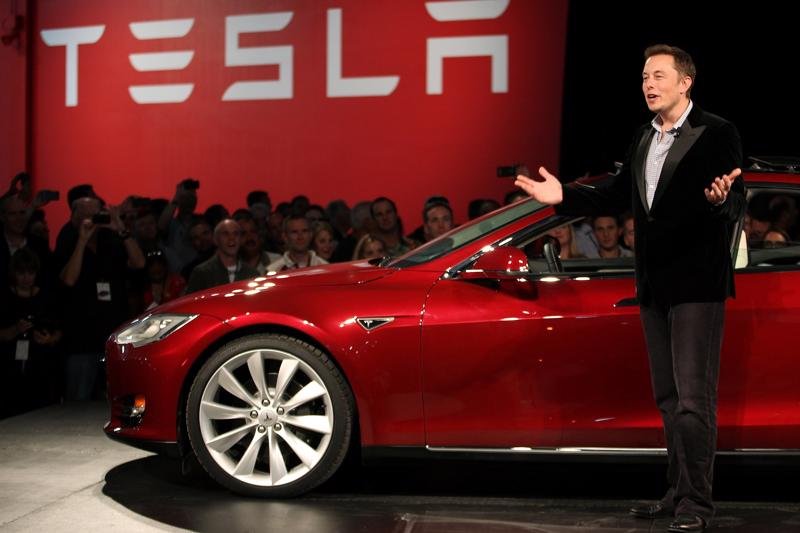Elon Musk, the billionaire entrepreneur and CEO of Tesla, is facing mounting concerns as the electric vehicle (EV) giant risks losing billions of dollars from a lucrative market. Despite Tesla’s dominant position in the EV industry, increasing competition, regulatory challenges, supply chain issues, and economic uncertainties pose significant threats to the company’s profitability. While Musk has always been known for his innovative strategies and ability to navigate complex business landscapes, the current challenges may prove to be some of the most difficult hurdles Tesla has faced yet.
## Rising Competition in the EV Market
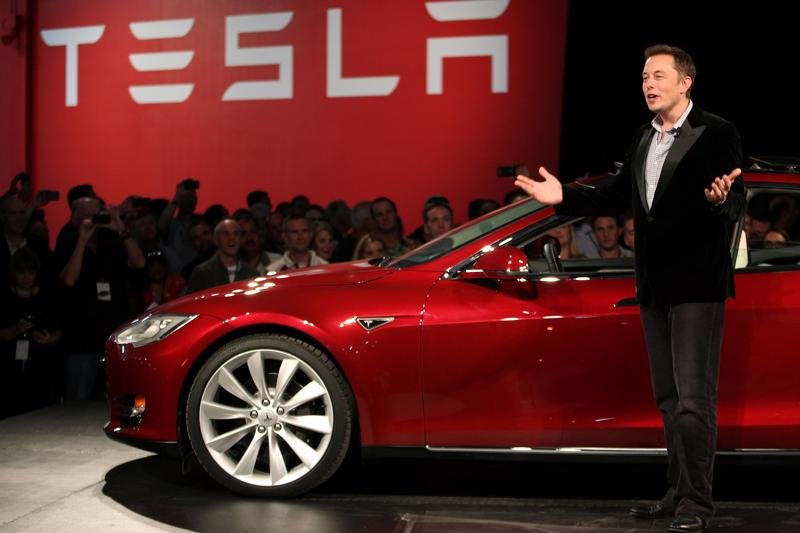
One of Tesla’s biggest challenges is the increasing number of competitors in the EV market. Legacy automakers such as Ford, General Motors, and Volkswagen are aggressively expanding their electric vehicle lineups, while new entrants like Rivian, Lucid Motors, and Nio are gaining traction. Chinese automakers, particularly BYD, have also emerged as formidable rivals, offering high-quality electric vehicles at competitive prices.
Tesla’s early dominance in the EV industry was largely due to its technological superiority, strong brand image, and first-mover advantage. However, as competitors close the gap, Tesla must work harder to maintain its edge. The risk of losing market share could lead to a significant decline in revenue, ultimately impacting the company’s valuation and long-term growth prospects.
## Regulatory and Policy Challenges
Government regulations and policies play a crucial role in the EV industry. While many governments have introduced incentives to promote electric vehicle adoption, recent policy shifts have introduced new challenges for Tesla. For example, changes in tax incentives and subsidies for EV buyers could affect Tesla’s sales volume. Additionally, Tesla has faced increasing scrutiny over safety concerns, labor practices, and software updates, which could lead to further regulatory roadblocks.
In China, one of Tesla’s most important markets, the government has been prioritizing domestic automakers, making it harder for Tesla to compete. Restrictions on data collection and cybersecurity concerns have also added pressure on Tesla’s operations in the region. As governments worldwide implement stricter regulations, Tesla may need to invest more resources in compliance, further straining its financial performance.
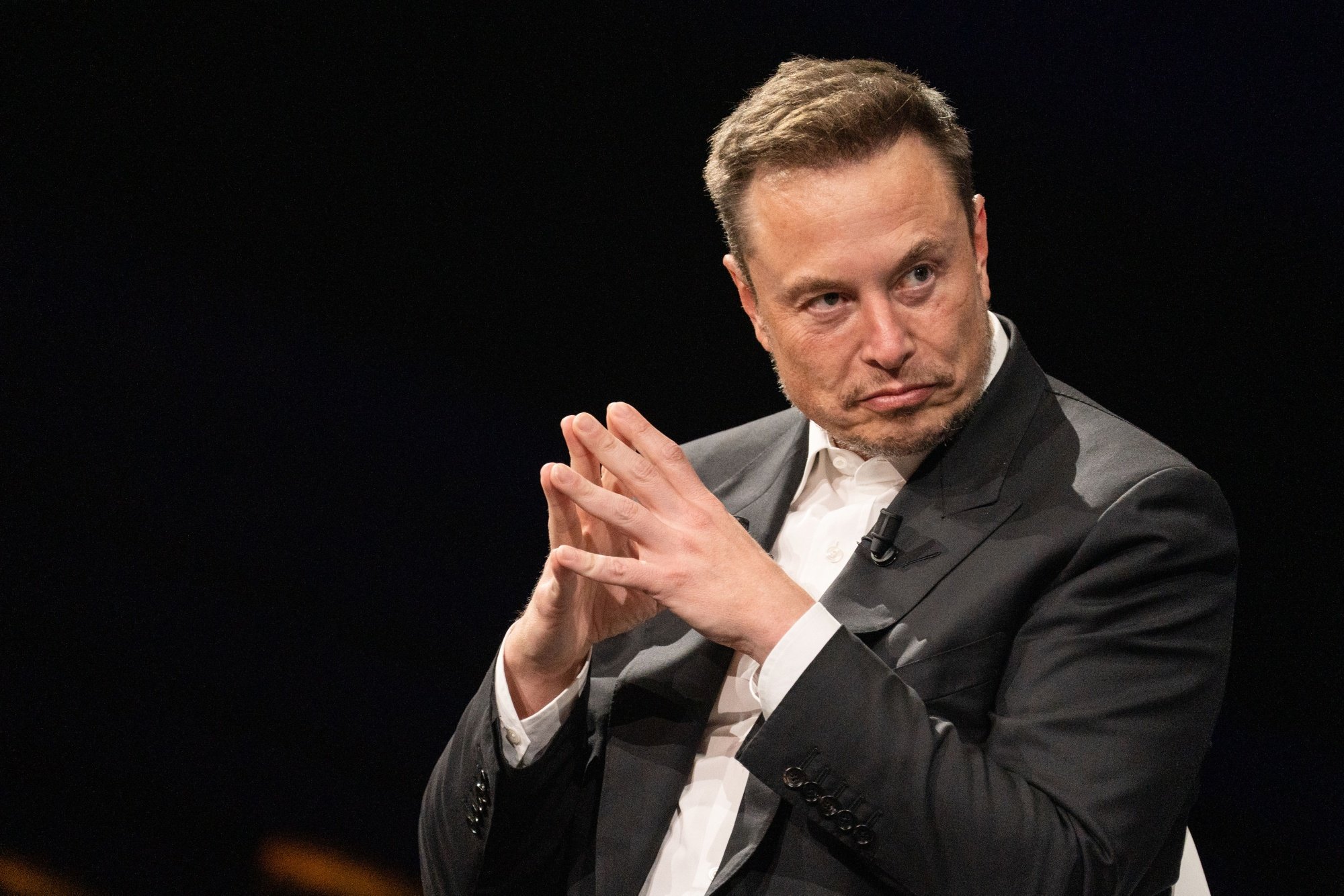
## Supply Chain Disruptions and Rising Costs
The global supply chain crisis has affected industries across the board, and Tesla is no exception. The ongoing shortage of semiconductors, rising costs of raw materials such as lithium and nickel, and logistical challenges have impacted production and delivery timelines. Supply chain disruptions not only lead to increased costs but also affect Tesla’s ability to meet growing demand.
In response, Tesla has been working to secure long-term supply agreements and invest in in-house production capabilities. However, these efforts take time to yield results. If supply chain issues persist, Tesla could face delays in rolling out new models, such as the highly anticipated Cybertruck, impacting its revenue streams.
## Economic Uncertainty and Market Volatility
Tesla’s stock price has experienced significant volatility in recent years, largely influenced by broader economic conditions. Inflation, rising interest rates, and fears of a potential recession have created an uncertain market environment. As consumer spending power weakens, demand for high-priced EVs like Tesla’s may decline.
Moreover, Tesla’s valuation has often been tied to Musk’s ambitious vision for the future, including ventures like SpaceX, Neuralink, and The Boring Company. Any setbacks in these ventures or negative sentiment surrounding Musk’s leadership could impact investor confidence and lead to further stock price fluctuations.
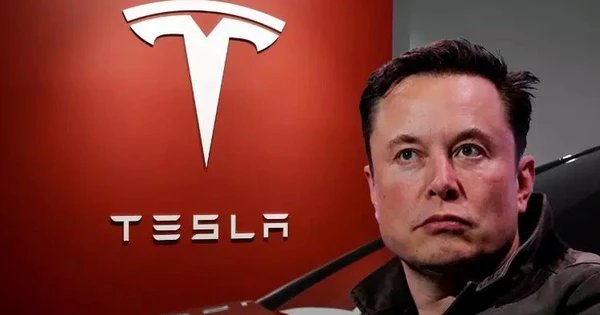
## Challenges in Achieving Full Self-Driving (FSD) Success
Tesla’s Full Self-Driving (FSD) technology has been a key selling point and a major revenue driver. However, achieving full autonomy has proven to be more challenging than anticipated. Regulatory hurdles, technological limitations, and safety concerns have delayed the widespread adoption of Tesla’s self-driving software.
If Tesla fails to deliver on its FSD promises, it risks losing consumer trust and facing potential legal repercussions. Additionally, competitors such as Waymo and Cruise have made significant strides in autonomous driving technology, further intensifying the competition.
## The Impact of Musk’s Controversial Leadership
Elon Musk’s leadership style has always been a double-edged sword. While his visionary thinking and bold strategies have propelled Tesla to incredible heights, his controversial public statements and unpredictable behavior have also sparked concerns among investors and stakeholders. Musk’s acquisition of Twitter and his involvement in multiple ventures have raised questions about his focus on Tesla.
Some investors worry that Musk’s divided attention could impact Tesla’s ability to navigate its current challenges effectively. If Tesla’s leadership team fails to reassure investors and maintain operational stability, the company could face declining stock prices and weakened market confidence.
## Strategies for Tesla to Maintain Its Dominance
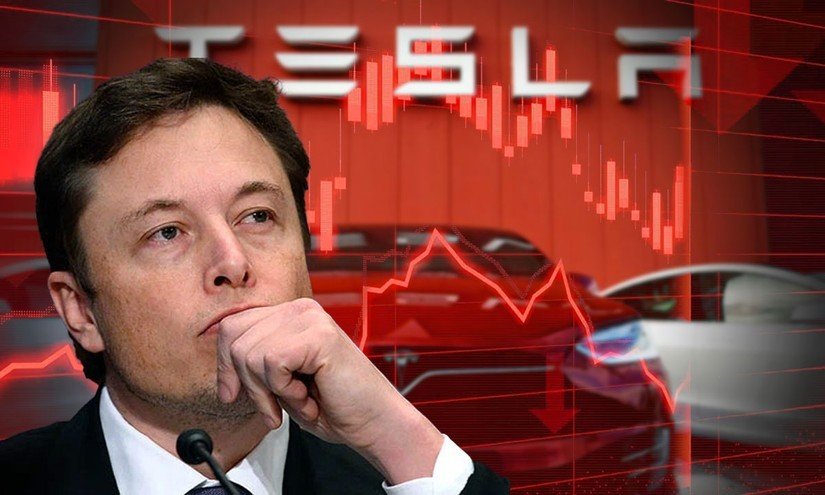
Despite these challenges, Tesla has several strategies that could help it maintain its leadership position and mitigate financial risks:
### 1. **Diversifying Revenue Streams**
Tesla has been expanding beyond electric vehicles, with ventures in energy storage, solar power, and artificial intelligence. By diversifying its revenue streams, Tesla can reduce its reliance on vehicle sales and create new growth opportunities.
### 2. **Investing in Manufacturing Efficiency**
Tesla’s Gigafactories have played a crucial role in scaling production and reducing costs. Continued investment in automation, supply chain management, and localized production could help Tesla improve efficiency and maintain profitability.
### 3. **Strengthening Software and AI Capabilities**
As competition in the hardware segment intensifies, Tesla’s software ecosystem, including FSD and over-the-air updates, will be a key differentiator. Prioritizing advancements in AI and self-driving technology could provide Tesla with a sustainable competitive edge.
### 4. **Enhancing Market Penetration in Emerging Economies**
Tesla has a significant opportunity to expand its presence in emerging markets, where EV adoption is still in its early stages. Developing affordable models tailored for these regions could help Tesla capture a larger customer base and offset declining sales in saturated markets.
### 5. **Addressing Regulatory and Compliance Risks**
Proactively engaging with regulators and ensuring compliance with evolving policies will be crucial for Tesla’s long-term success. Building strong relationships with governments and industry stakeholders can help Tesla navigate regulatory challenges more effectively.
## Conclusion
Elon Musk and Tesla are facing some of the biggest challenges in the company’s history. The combination of rising competition, regulatory hurdles, supply chain disruptions, economic uncertainty, and leadership concerns poses significant risks to Tesla’s profitability. However, Tesla’s history of innovation and adaptability suggests that the company has the potential to overcome these obstacles.
By focusing on strategic growth initiatives, strengthening its technological capabilities, and maintaining investor confidence, Tesla can continue to be a dominant force in the EV industry. The coming years will be critical for Tesla as it seeks to defend its market position and sustain its long-term growth trajectory.
